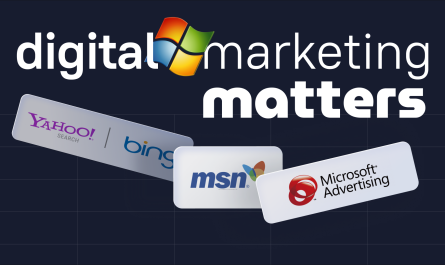
Web3 aims to decentralize the Internet and give users more control over their online data and interactions. This includes technologies like blockchain, distributed ledgers, peer-to-peer networks, NFTs, DAOs, and much more! Nowadays, there’s a dupe for most apps, social networks, and online services of the Web2 on Web3. Moreover, giants like Facebook have already begun their transition to Web3, like rebranding into Meta and launching the Metaverse.
But what led to the creation of Web3?
Web1
In the 1990s, questions like “What is a dot com?” and “Do we need a website?” signified the birth of the Web1 era.
Web1, known as the “read-only web,” marked the Internet’s infancy, where users consumed static information on webpages. The brainchild of Tim Berners-Lee in 1989 it was all about making information accessible to the masses.
Berners-Lee pioneered the Internet’s early development in 1990 as a computer scientist at European researcher CERN. By October 1990, he had written the fundamental technologies that became the foundation of the web, including the very first webpage editor/browser (WorldWideWeb.app), HTML, URI (URL), and HTTP.

The first website in history was created in 1991. You can still view it online today.
By the mid-1990s, the introduction of web browsers such as Netscape Navigator ushered in the era of Web 1.0. This was the age of static web pages retrieved from servers—a far cry from the slick content that is taken for granted today.
The Web1 phase was geared toward publishing information and making it available to as many people as possible.
Web2
Information architecture consultant Darcy DiNucci coined the term Web 2.0 in 1999 to differentiate the post-dot-com bubble. In 2004, O’Reilly Media popularized it at the Web 2.0 Conference.

The “read-write web.” allowed users to interact, create, and share content. Facebook, WordPress, and other self-publishing platforms gained popularity during this period. Users started generating their own content instead of simply consuming the information in front of them. Marketers’ questions shifted to “What is social media?” and “Do we need a Facebook page?”.
Web2 wasn’t just about interaction; it was about centralization. Companies like Apple, Amazon, and Google began to consolidate vast amounts of data, gaining unparalleled influence and valuation in the process.
The exponential growth of Web2 has been driven by key innovations such as mobile internet access and social networks, as well as the near-ubiquity of powerful mobile devices.
This is the Internet that all of us use nowadays.
Web3
As we approached the 2020s, a new wave, Web3 or the “read-write-interact web,” emerged. The term Web3 was first used back in 2014 by Ethereum co-founder Gavin Wood.

This era’s discourse is dominated by terms like NFTs, DAOs, and tokenization. Web3 promises a decentralized Internet where users regain control over their data and assets. Blockchain, distributed ledgers, and peer-to-peer networks form its backbone.
A defining feature of Web3 is decentralization, which is breaking the chains of central authority. It means that information can be stored in multiple locations simultaneously, dismantling the giant databases held by Internet behemoths like Google and Meta. Moreover, technologies such as artificial intelligence and machine learning play a significant role in Web3, reshaping content curation and user interactions.
The Web3 era is set to change the game for digital marketers. The old ways of data collection and personalized content delivery may become obsolete, with users having a more significant say over their personal data. Digital marketers must pivot and innovate to effectively target consumers without infringing on their privacy.
The potential of Web3 extends beyond decentralized data and advanced machine learning. With its foundation in trustless and permissionless systems, we’re looking at a future where interactions are not just between humans but also with intelligent bots and algorithms.
However, like all technological advances, Web3 comes with its challenges. A decentralized structure can make regulating content and cybercrime a complex affair. The question of which nation’s laws would apply to content hosted across the globe still needs to be answered.

Web3 Affiliate Marketing
The rise of Web3 affiliate programs introduces new avenues for marketers. This new internet era promises to change the affiliate industry as we know it.
Web3 technologies provide more transparency and accountability. They allow for decentralized and secure tracking systems that enable marketers to only pay for genuine leads and sales. This ensures fair rewards for affiliates and enhances trust.
It will also allow media buyers to track the performance of their marketing campaigns in real-time using decentralized networks. Unlike traditional systems, where data might not be comprehensive or up-to-date, decentralized networks empower affiliates to make informed decisions quickly.
The rise of smart contracts in a Web3 context can automate the tracking and payment of commissions. When a sale is made through an affiliate’s link, the smart contract triggers automatically, verifying the sale and sending the commission to the affiliate’s digital wallet, thus eliminating manual errors and saving time.
It will also facilitate faster and cheaper transactions using cryptocurrencies. These decentralized payment systems could enable affiliates and advertisers to easily make cross-border payments, reducing transaction costs and making it easier for global marketing campaigns.
As we transition from Web2 to Web3, we stand at the cusp of another digital revolution. The journey from Web1 to Web3 shows how rapidly technology has evolved and how essential it is to adapt.




